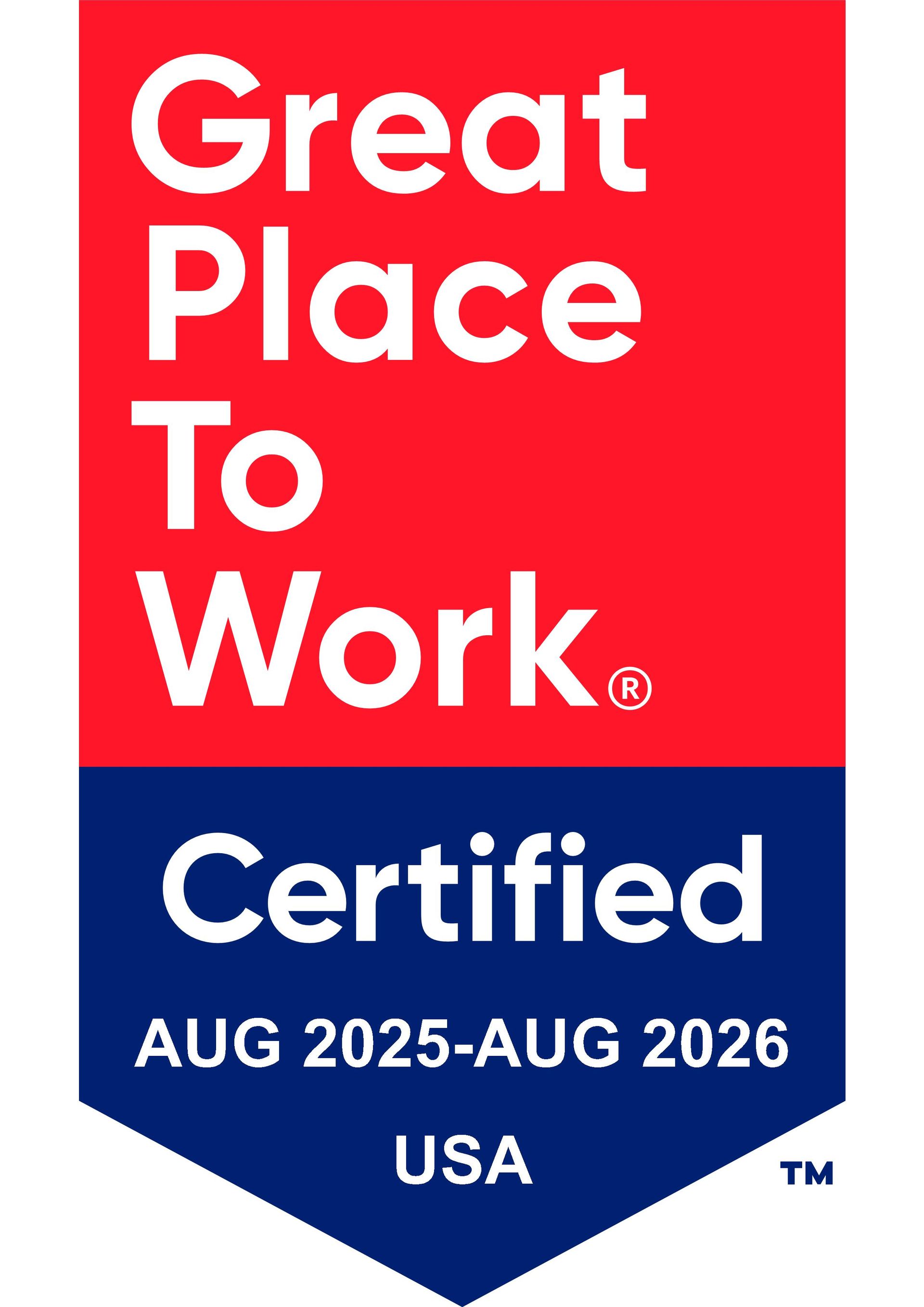
What Problems Exist with Self-Funded Insurance Plans?
18 February 2022

Offering health insurance is a must to retain and recruit top talent. Each generation that currently makes up the multigeneration workforce emphasizes the importance of healthcare benefits as part of their benefits package. The question for employers comes down to what type of health insurance plan is best to support the business and its employees.
There are many health insurance options for employers to consider, from copay plans and high deductible plans to health insurance add-ons, like critical care insurance and dental insurance. Once you have an idea of the type and level of insurance you might want to offer, you also want to consider how you will administer the plan—will it be self-funded or fully insured?
Though many small employers might think self-funded plans are not an option for them, this isn't necessarily true. There are instances where self-funded plans could make sense for a small employer with even a couple dozen employees, and the opposite is true.
Read on for a discussion about the differences between self-funded vs. self-insured healthcare plans, including the pros and cons of offering self-insured plans as an employer.
WHAT ARE SELF-FUNDED INSURANCE PLANS?
In a 2018 report by KFF, 61% of covered workers are in a plan that's fully or partially self-funded. More than 80% of larger employers have already implemented a fully or partially self-funded health insurance plan. Conversely, more than 80% of smaller employers have not yet determined how to control health insurance costs with a self-funded plan. Many smaller businesses aren't even aware that self-funding health insurance is an option for them.
As the name implies, self-funded insurance plans are funded by the employer. The employer pays claims as they arise for each employee. With fully insured health insurance plans, the employer pays the premium each month to the health insurance company. The health insurance provider covers the cost of employees' medical expenses, and the employer bears no additional risk.
Companies that opt to go with a self-funded plan often put stop-loss insurance in place. Stop-loss insurance helps mitigate risk for self-funded plans by covering insurance costs above a certain amount.

WHAT IS STOP-LOSS INSURANCE FOR SELF-FUNDED PLANS?
Cancer treatments can cost over $200,000 in a single year, with the possibility of that level of expenses continuing or increasing for years. Other chronic illnesses can cost millions for ongoing treatment and care. These types of catastrophic events could put a small business under if they have a self-funded plan.
To help protect against such catastrophic loss situations, self-funded plans acquire stop-loss insurance. Stop-loss insurance helps establish and balance cash flow and mitigate risk for the employer.
There are two key types of stop-loss to consider with self-funded insurance plans: individual and aggregate. Individual stop-loss covers each individual on the plan. Aggregate stop-loss covers the annual total cost of the insurance plan.
INDIVIDUAL STOP-LOSS
With individual stop-loss, the employer is responsible for up to a certain amount per employee, and then the insurance company pays anything over that amount. For example, if the stop-loss amount is $40,000, the employer is responsible for the first $40,000 in health expenses for the employee. Anything over that is covered and paid in full by the insurance company.
AGGREGATE STOP-LOSS
Aggregate stop-loss allows for an upper limit of insurance costs. In other words, the employer is responsible up to a certain amount for the year, and the insurance company will step in and cover anything over that amount. Therefore, aggregate stop-loss provides the employer with peace of mind knowing there is a cost the plan will not exceed annually.
PROS AND CONS OF SELF-FUNDED VS. SELF-INSURED
There are many pros and cons to consider for self-funded vs. fully-insured plans. Some of the pros of self-funded plans include:
- Provides creativity and choice in how to manage healthcare costs
- Potential for cost-savings
- Relief from heaving tax premiums
Some of the cons of self-funded plans include:
- More complexity
- Increase in federal compliance requirements
- Requires additional and knowledgeable hands-on resources for plan administration
- Cost fluctuations can put a strain on a company's cash flow
- Greater risk
POTENTIAL PROS OF SELF-FUNDED PLANS
PROVIDES CREATIVITY AND CHOICE IN HOW TO MANAGE HEALTHCARE COSTS
With self-funded plans, you have options as to how you manage and administer the plan. You have the flexibility to design a plan that meets the specific needs of your employees. Suppose you have a large concentration of Generation X workers, for example. In that case, your plan can focus on meeting the needs of growing families and caring for aging parents and other family-oriented benefits. Or, if you have an organization with an accurate usage forecast based on past experiences and current headcount, you can build a plan with high-quality care in combination with a balanced budget. Because you're in the driver's seat, you can modify the plan based on the changing needs of your workforce over time.
In addition to selecting a broker for self-funded plans, these plans might also allow you to choose your third-party administrator (TPA). Working with a TPA allows for more options in selecting providers at the best price possible while also delivering high-quality care.
POTENTIAL FOR COST-SAVINGS
This is one of the greatest advantages of securing a self-funded plan. Healthy employees don't use their insurance plan very much, and therefore, the plan doesn't payout. In such instances, a self-funded plan is less costly than a fully insured plan. With fully insured plans, you pay regular premiums regardless of the utilization level of benefits. When your employees aren't using the benefits, you still pay out and contribute to the insurance company's margins.
AVOID PAYING TAX PREMIUMS
Federal laws that govern self-funded plans, like ERISA, can be less onerous compared to increasingly complex state requirements and mandates, allowing for easier administration and relief from state fees and taxes.
Health insurance carries pay taxes like the Health Insurance Industry Tax (HIT) and state-mandated benefits and taxes. The carriers pass these costs onto you with fully insured plans. Self-funded plans are not required to pay these taxes. However, they do incur fees from brokers and TPAs.
POTENTIAL CONS OF SELF-FUNDED PLANS
MORE COMPLEXITY
Though self-funded plans can come with cost savings and more creativity in designing a plan for your workforce, they can also be more complex. Due to varying providers' rates for similar services, it can be difficult to predict costs and understand the utilization of benefits. Therefore, it's sometimes challenging to appreciate what's ultimately driving costs within the plan.
Building a self-funded plan with more visibility and deeper insights when working with a TPA and knowledgeable benefits broker is possible. Self-funded plans can provide adequate data to reduce plan complexity and improve statistical analysis and insights with the right structure.
INCREASE IN FEDERAL COMPLIANCE REQUIREMENTS
Though self-funded plans don't come with the burden of state requirements and taxes, there are other compliance requirements. Federal compliance requirements for self-funded plans include 5500 tax filings and non-discrimination requirements
REQUIRES ADDITIONAL AND KNOWLEDGEABLE HANDS-ON RESOURCES FOR PLAN ADMINISTRATION
Employers that implement self-funded plans often need to have human resources available to support the execution and administration of the plan. Knowledgeable brokers and TPAs can support this process and help ease the administrative burden on the company.

COST FLUCTUATIONS CAN PUT A STRAIN ON A COMPANY'S CASH FLOW
With fully insured plans, there is predictability in how much is paid each month in premiums. Self-funded plans do not carry this predictability. As such, they must have a solid cash flow management strategy. Adequate reserves must be available to cover healthcare costs incurred by employees for covered services.
GREATER RISK
With the lack of predictability comes increased risk with self-funded plans. Stop-loss insurance and a solid cash management strategy help to mitigate this risk.
KBI BENEFITS OFFERS GUIDANCE OF SELF-FUNDED AND FULLY INSURED HEALTH PLANS
The KBI team understands that determining the best health insurance options for your organization is not a task to be taken lightly. Our team of experts has decades of experience navigating the employee benefits arena to support organizations in developing plans to meet the needs of their budget and support the wellbeing of their employees. We would love the opportunity to sit down with you and discuss the benefits of self-funded and fully insured plans to help you come to a decision about which would work best for you and your organization.
We work with hundreds of insurance providers to bring the best options and pricing to the table for your review and consideration. Our partnerships and the relationships we build with our clients allow us to bring the best options to the table and forge long-term relationships. As your plan needs change, we'll be here to support you in revising and updating your plans for the greatest utilization and cost savings each year. We are your one-stop shop for employee benefits platforms and programs.



